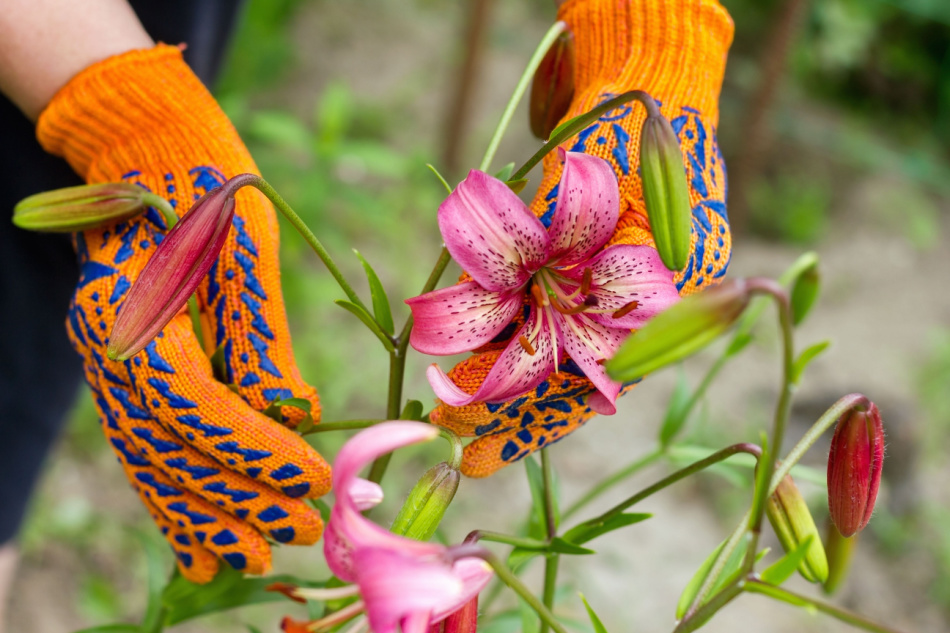According to the National Biodiversity Center, over 30 percent of Irish bee species are facing extinction, and more than half of the country’s bees have experienced a significant decline since 1980.
Why are Irish bee populations taking a dive? On top of habitat loss and climate change, native Irish bees struggle with the rise in imports of international bees. These are bees that are cross-species of different bees and are often created artificially.
Many of the imported bees come from strains that have evolved to be well suited for completely different climates. The Italian bee, for instance, is used to much warmer weather, and cannot survive the heavy Irish rain.
Why does this matter for local bees?
The Irish black bee, not knowing any better, will mate with imported bees, which results in a generation of bees that can’t cope with the weather. Fortunately, young designer Niamh Damery is on the case. “You want the strongest bees to populate… by bringing in others you’re giving them a lesser chance of surviving,” she says.
What is econooc and how can it help?
To help save Ireland’s black bees, Damery designed econooc, a “homegrown” hive created specifically to conserve black bees. She also produced this hive to make bee conservation more accessible to “people who don’t have time or money for beekeeping.” If there are more local people actively supporting bees, then the native bee populations have a higher chance of survival.
How is econooc made?
The hive is made of mycelium, which comes from the roots of mushrooms. These are called spores, which require a substrate to grow.
This substrate is found in a variety of materials like hay or woodchips, which can be easily gathered from local farmers or carpenters.
Once the spores and the substrate are mixed together, they bind the sawdust material and with the help of a special nutrient, the hive will begin to grow. Even flour or porridge can be used to start the process. The ingredients get put into a plastic bag so the mycelium can work its magic.
The mix is then placed into a mold that resembles a natural beehive, but with some upgrades. One is a landing shelf, so people can observe the bees that are going into their hive. To be as sustainable as possible, the hives will be secured to trees using old seat belts.
Learning from nature
Damery has designed this project so that the hive itself is only one part of the experience. According to her, “It’s about educating people about their gardens and biodiversity.”
A specially designed calendar also comes with the hive in which each month features pictures of local flowers that need pollinating to support the local biodiversity.
When can we buy it?
The econooc isn’t yet available to the public, but with some funding Damery hopes to make it available on the market in the coming years.
Source Image: James Dyson Award-Econooc











